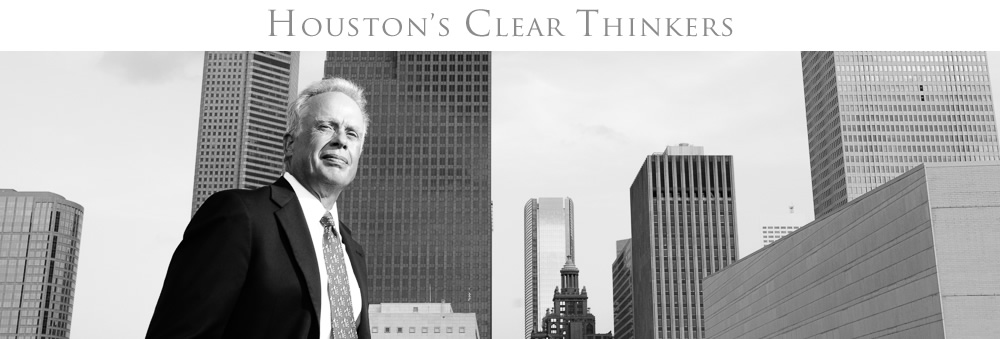 In late 1980, I helped my friend, prominent criminal defense lawyer David Chesnoff, move to Las Vegas. Inasmuch as it was the first trip to Vegas for either of us, Dave and I ventured on to the Strip and quickly discovered the Stardust Casino’s venerable Sports Book. For a couple of single young lawyers with a little bit of money and a lifelong interest in sports and betting, Dave and I thought we had died and gone to Heaven.
In late 1980, I helped my friend, prominent criminal defense lawyer David Chesnoff, move to Las Vegas. Inasmuch as it was the first trip to Vegas for either of us, Dave and I ventured on to the Strip and quickly discovered the Stardust Casino’s venerable Sports Book. For a couple of single young lawyers with a little bit of money and a lifelong interest in sports and betting, Dave and I thought we had died and gone to Heaven.
Over the years, the Stardust’s Sports Book has been surpassed by bigger and glitzier sports books at the newer Vegas hotels and casinos. Nevertheless, it was with a touch of sadness that I read this fine Jeff Haney/Las Vegas Sun article on the closing of the Stardust’s Sports Book last week. Interestingly, the success of the Stardust’s Sports Book was based on a fundamentally sound business principle — hire the most competent people available and then let’em rip:
The secret of the Stardust’s success, [Scotty Schettler, the boss of the Stardust sports book from 1983 to 1991] said, lay in the skill of its oddsmakers. They not only could create point spreads with uncanny accuracy, but also set betting limits – higher than most, but not unmanageable – with precision.
“We were a true ‘book joint,’ ” Schettler said. “We knew the limits we could get away with that would give us the maximum amount of action laying 11-10 both ways.” [. . .]
For six years in a row, the book never sustained a losing month, Schettler said.
“The other guys said the Stardust was lucky,” Schettler said. “I say it was skill.”
A bookmaker in his native western Pennsylvania as a teen, Schettler held others from that part of the nation in high esteem.
“I hired all guys from back East,” he said. “Kansas City was the furthest west I ever hired anybody from. They were bookmakers – no suits and ties.”
What a place. There is nothing quite like the feeling of nailing and collecting on a three-game parley for the first time. Thank you, Stardust. Rest in peace.









